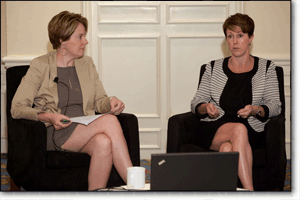Close menu
- Home
- About CW
-
Topics
- Back to parent navigation item
- Topics
- Accounting & Auditing
- AI
- AML
- Anti-Bribery
- Boards & Shareholders
- Culture
- ESG/Social Responsibility
- Ethics & Culture
- Europe
- Financial Services
- Internal Controls
- Regulatory Enforcement
- Regulatory Policy
- Risk Management
- Sanctions
- Surveys & Benchmarking
- Supply Chain
- Third Party Risk
- Whistleblowers
- Opinion
- Events
- Research
- Awards
-
CW Connect
- Back to parent navigation item
- CW Connect
- Sign In
- Apply
- Membership
Related articles
-

-
Article
Retooling the Compliance Function for Modern Technology Risks
2013-06-04T00:00:00Z By Joe Mont
- Terms and Conditions
- Privacy Policy
- Do Not Sell My Info
- © 2025 Compliance Week
Site powered by Webvision Cloud




